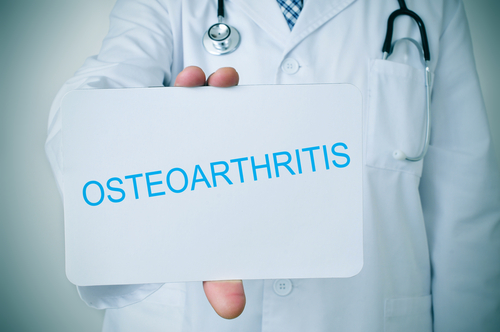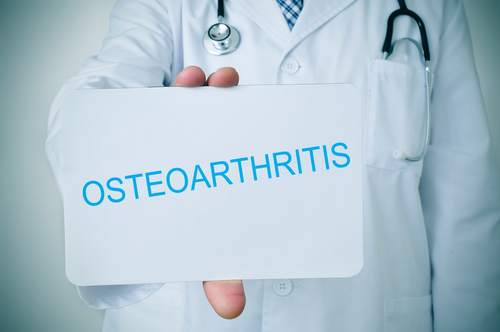
A retrospective study published in Seminars in Arthritis and Rheumatism compared medical care costs, adverse events, and opioid/prescription analgesic use for treatments for osteoarthritis (OA) of the knee. Primary comparisons were made between intra-articular corticosteroids (ICS) and intra-articular hyaluronic acid (IHA), and a secondary comparison was made between combination ICS/IHA versus total knee arthroplasty (TKA).
“To date, the long-term, real-world cost of knee OA IHA, ICS, and TKA treatment and the cost of treatment-related complications and adverse side effects have not been compared,” explained the study authors.
Data were collected from an insurance claims database. Patients diagnosed with RA with no claims for ICS, IHA, or TKA during the 18-month look-back period were eligible for inclusion. Researchers were particularly interested in patients who underwent one of the three aforementioned therapies alone. Outcomes included total allowed medical costs; claims for pre-specified, treatment-related adverse outcomes and costs; and opioid and/or prescription analgesic use and costs. Data extraction commenced on the first treatment day in 2013 and spanned Dec. 31, 2017.
IHA Treatment Patients: Lower Costs, Fewer Adverse Events, Less Opioid Use
Among 260,828 patients eligible for inclusion, 126,831 were identified as utilizing monotherapy: IHA, n=3703; ICS, n=117,588; and TKA, n=5540. The IHA group had the lowest adjusted fur-year per patient per month (PPPM) costs ($733), followed by $1,230 in the ICS group and $1,548 in the TKA group. The IHA group had a lower rate of the specified adverse events (7.1%) compared to the ICS (8.4%) and TKA (11.8%) groups; the IHA group also had lower adverse outcome-related costs ($19.91) than the ICS ($32.18) and TKA ($31.12) groups. Over the four-year study period, the IHA group had consistently and significantly lower per-patient opioid and analgesic prescriptions (range, 0.70 to 0.96) compared the ICS group (range, 2.00 to 2.26). During the first year, usage rates were significantly lower in the IHA group (0.96) compared to the TKA group (4.77), but they did not largely differ during years two through four (TKA range, 0.76 to 1.08). In year one, the IHA group had significantly lower opioid and prescription analgesic costs ($3.45) compared to the ICS ($11.14) and TKA ($12.82) groups. After the first year, the ICS group had significantly higher opioid and prescription analgesic costs (range, $13.83 to $15.96) compared to the IHA (range, $3.02 to $3.87) and TKA (range, $3.43 to $4.97) groups.
“Patients in the IHA cohort had lower total medical care costs, fewer adverse outcomes, and lower use/costs of opioids and prescription analgesics vs patients in the ICS and TKA cohorts. Reducing total medical care costs and minimizing opioid/analgesic use should be a treatment goal when selecting therapies for patients with knee OA,” summarized the researchers.







 © 2025 Mashup Media, LLC, a Formedics Property. All Rights Reserved.
© 2025 Mashup Media, LLC, a Formedics Property. All Rights Reserved.